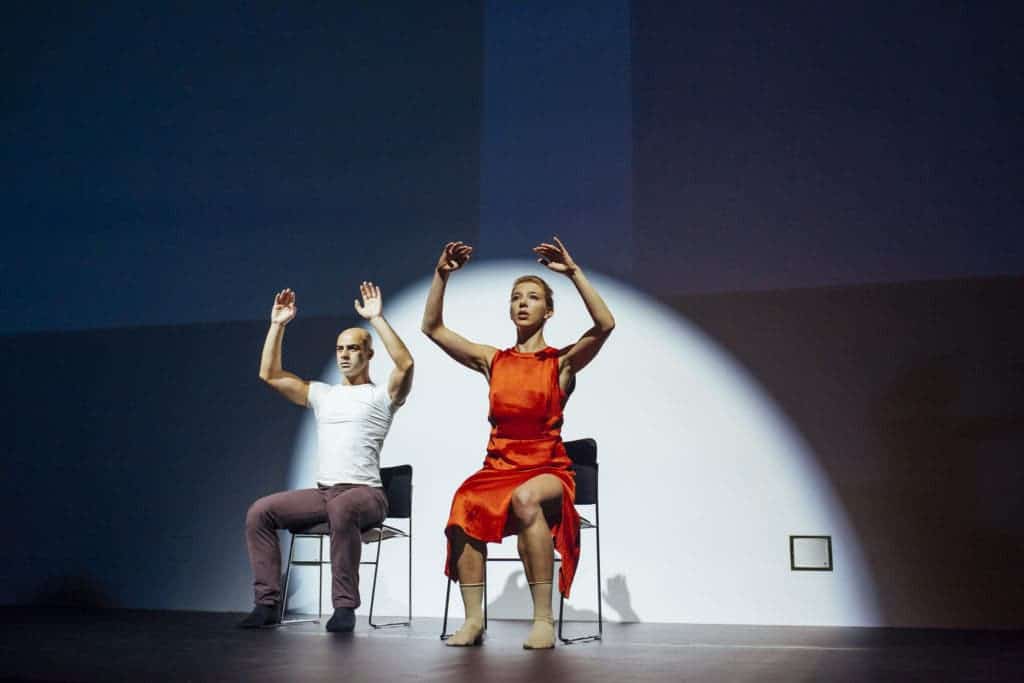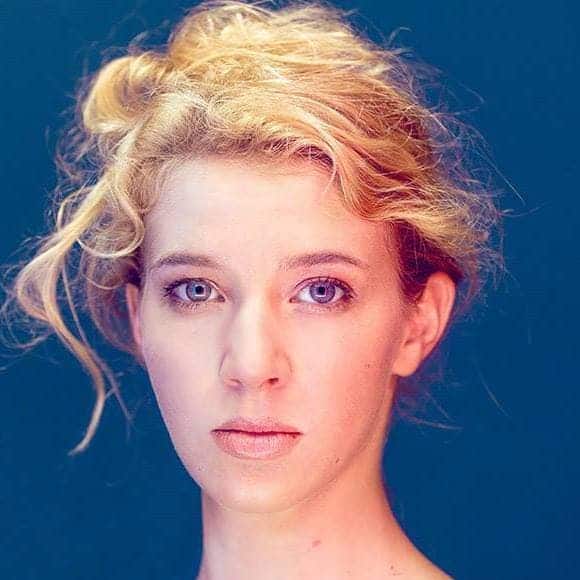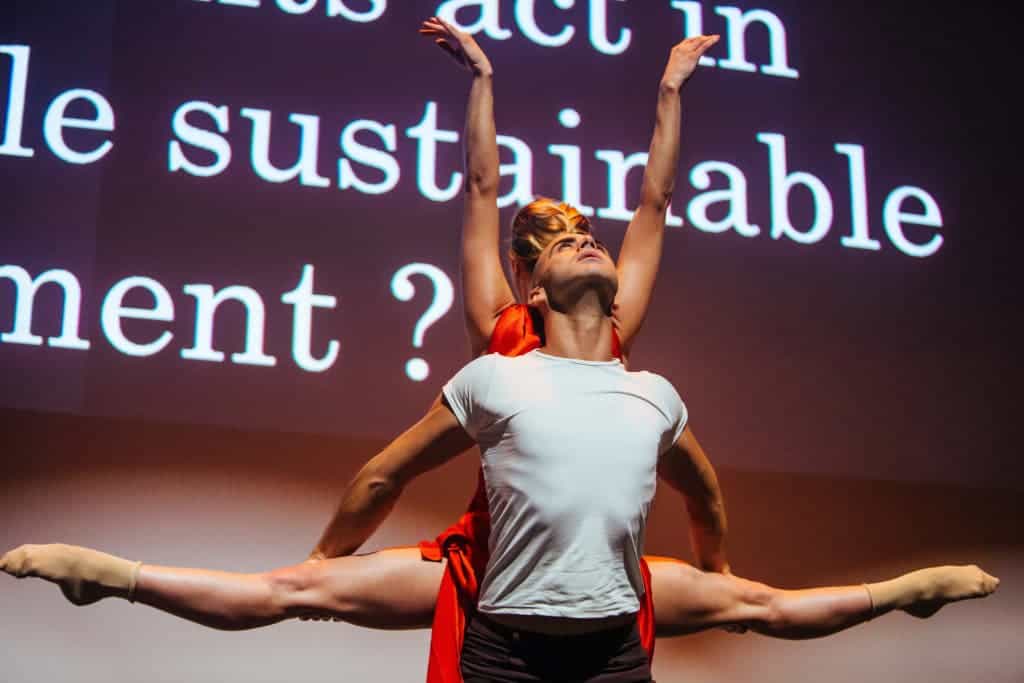
Art and science are seemingly at odds. But, although there are some clear distinctions, the two aren’t actually worlds apart as some people may think. Aristotle is credited as being the first to have divided up the subject areas and our modern universities tend to follow (and enforce) those boundaries that he created. As all of you know, most universities will have distinct faculties of arts and sciences, for instance. However, this is an artificial division for, in reality, the two are very much connected.
Neither art nor science could function without creativity — the supposed artistic domain — or the rigorous application of technique and methods — the traditional tools of science. Albert Einstein couldn’t have thought of the General Theory of Relativity without making a huge, creative leap of thought and, despite being super gifted, Mozart still had to learn the technique to write opuses such as Serenade No. 13.
The point I’m trying to make is that we actually follow both our hearts and minds — not simply one or the other. And when art and science are employed synergistically, as opposed to individually, I believe that great things can happen.
I had a first-hand account of such a holistic approach at this year’s European Open Science Forum in Toulouse, France. Among the many plenary sessions and side events covering everything from tiny surgical-bots that cut through the retina to new policies meant to bridge the gender gap in science, I attended an odd event that stood out like a black swan in a flock of white. “Courage – A dance science performance debate about sustainable futures,” as the event was called, is actually an experiment meant to analyze problems, find solutions, and engage the public in some of our most pressing world problems such as climate change by means of an unlikely medium: a dance-theater debate.

Gloria Benedikt, the Project Leader of the Science and Art program at IIASA and quite possibly the only full-time artist employed in a scientific research facility, is the ‘heart’ behind Courage. With an impassioned gaze and determined attitude, I could tell right away from the moment I met her that she means business.
The motivation for writing Courage was the need to ask better questions in an ever-changing world where clearly the old way of doing things isn’t enough. To instill a change in mindset — one focuses on an “an enlightened sense of responsibility” — Benedikt and colleagues devised a performance that communicates science simultaneously using words, their bodies, and music to “open up hearts and minds.”
“Today both fields (science and arts) tend to be highly specialized but also detached from society. The system requires scientists to focus on publications, not on making sure that their findings also reach society. It is ‘publish or perish’, so they are under pressure. At the same time, the arts system does not encourage artists to adopt the crucial role they can play in bringing about cultural shift. Most money in the arts still goes into classical endeavours such as reenacting dated operas, or dancing fairy tales like Sleeping Beauty and the Nutcracker. A colleague summarised it to me very well: if I want to work on a topic like climate change, the arts world does not like me because I engage with a real-world issue. If I talk to the science world, they don’t like me because I’m an artist, which for them is like a person from another planet,” Benedikt told me.
Benedikt teamed up with Italian choreographer Mimmo Miccolis, and the two performed a heart-moving choreography which described humankind as both “conquerors and gardeners of planet earth,” while Dutch composer Merlijn Twaalfhoven would at times interject, seemingly coming out of the nowhere from the audience, raising the tension with his violin. In between such moments, a panel discussed what kind of values and policy we need to adopt in order to ensure a sustainable future for generations to come. The panel was comprised of Anne Glover, President of the Royal Society of Edinburgh, Lidia Brito, UNESCO Regional Director of Science for Latin America and the Caribbean, Valentina Montalto, Researcher at the European Commission’s Joint Research Centre and Jan Marco Müller, Science to Policy and Diplomacy Coordinator at IIASA and the discussion’s moderator.

“We’ve lost decades. Thirty years ago, the main findings about climate change were already on the table, yet scientists alone could not convince governments to act. Now we feel the consequences. There are many reasons for this failure. For instance, never before has it been necessary for all of humanity to unite behind an issue that threatens to endanger life on this planet. It is also difficult to take precaution against a problem that will only become acute decades later. While climate scientists can project 100 years ahead, humans tend to care about their children and grandchildren at most, and politicians about the next election cycle. CO2 emissions are not visible. You cannot smell them. So it is difficult for people to grasp the problem,” Benedikt said.
“The biggest lesson of this failure is that knowledge alone does not translate into action. We need other tools that help us internalising sustainable thinking. Climate change is not the only problem. It is related to our economic system, to population growth etc. Appealing to reason alone is not enough. We need to take into account that what makes us human are our emotions and that they drive our actions too. If we’d like to see change on at the scale that is needed for a sustainable future, we need to also communicate on that level. For this to happen, artists and scientists need to work closely together. Scientists can provide knowledge and facts, and then artists can embed them into meaning. That is very different from just publishing results in scientific journals,” she added.
Benedikt says that much of human communication is nonverbal, and what better way to convey body language than through dance? Communicating abstractions such as climate change or sustainability might seem odd — and it is — but it also incredibly effective. During one moment, Benedikt and Miccolis might choreograph a scene in which their bodies follow the movements of a clock hand, while the room is filled with the creepy tune of a menacing ‘tick-tock’ rhythm, conveying the urgency of action in order to preserve the environment. In other moments, the dance and music might amplify tension, or conversely release it, while a speaker challenges the audience to think bolder about the future and their personal role in it.
“I believe we need more attention on who is going to pick it up from there. Science can advise policy, but policy implementation requires people’s will, which requires social acceptability, which requires a ‘cultural shift’. We need to turn our attention to who can be responsible and/or who can support this cultural shift,” Benedikt told ZME Science, speaking about how arts can get the public involved in some of society’s most pressing issues.
Ultimately, performances such as these bridge science and art in such a way that the audience’s perception is enriched — and with it, the discourse for building a better future for our children. We need courageous people to overcome modern society’s greatest challenges. People like scientists, engineers, lawyers, entrepreneurs, but also musicians, dancers, poets, and artists of all walks of life. People like you.
“I hope for the audience to realize that we all can and need to be responsible and make conscious decisions in our daily lives to bring about the change needed if we’d like to leave a habitable planet behind for future generations. In other words, I hope for the audience to walk away asking itself ‘what can I do’. And then to also do it,” Benedikt said.
You can catch Benedikt and colleagues performing in a new production called Dancing with the Future, which will premiere at Harvard University’s Farkas Hall on September 25. Two days later, the artists will perform live in New York as part of the General Assembly of the United Nations week.


